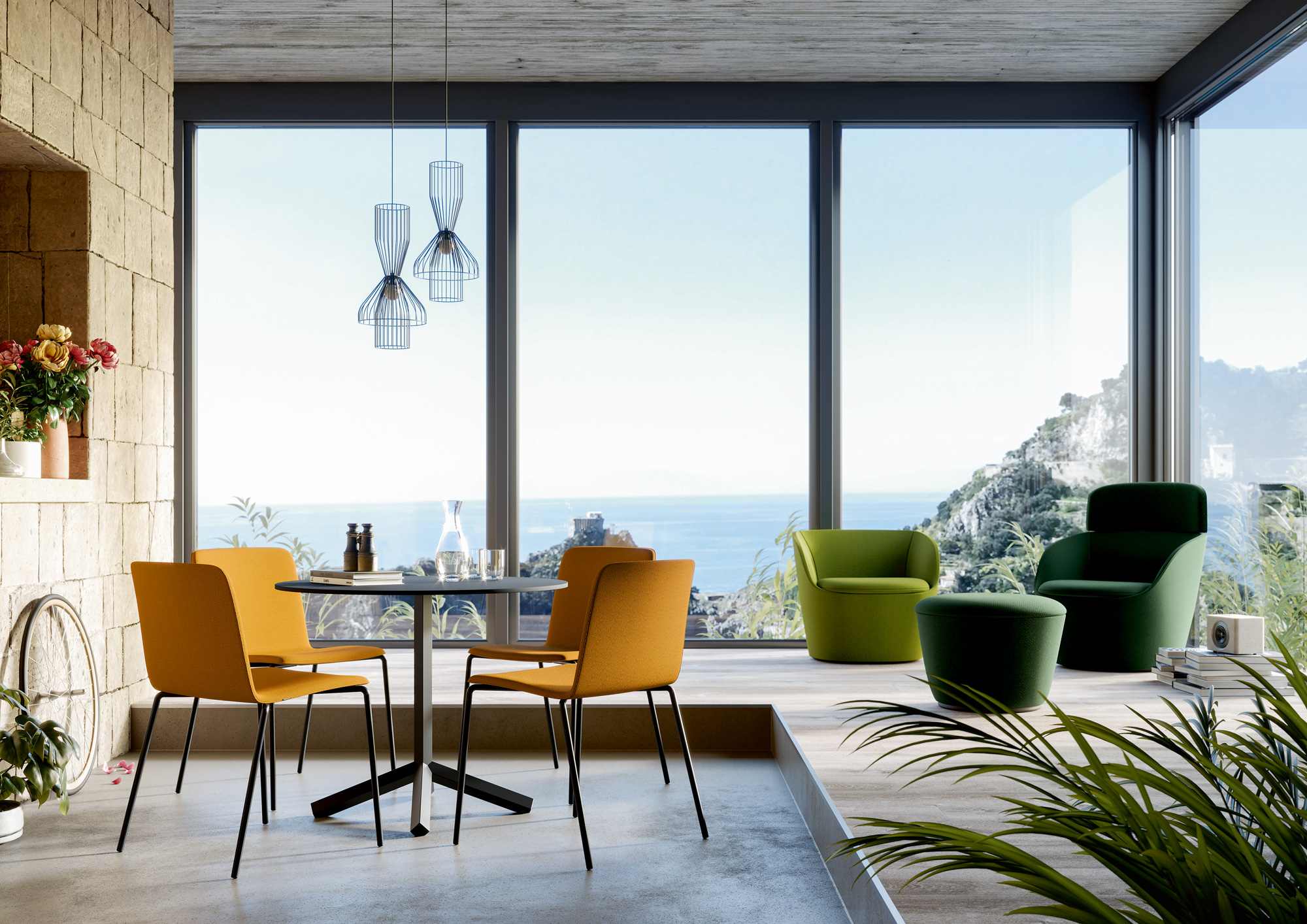With the COVID-19 outbreak many workers were quarantined at home for an extended period. This unexpected crisis saw the adaptation of a lot of home spaces into long-term home offices.
If a return to the office is not foreseen in the short term, it may be useful to review home offices using Feng Shui to increase comfort, productivity and creativity.
What is Feng Shui?
Feng Shui is an ancient oriental discipline that originated in China thousands of years ago and combines philosophy and architecture. Over the centuries, it has embraced the entire Asia-Pacific region and in recent decades has expanded into Europe and the United States.
This art teaches how to organise living and working spaces in a harmonious way that benefits body and spirit, creating environments that encourage concentration, stimulate and maintain the positive energies known as Ch’i and the dynamic balance of Yin and Yang.
Currently there is no scientific proof of its theories and it’s considered as pseudoscience.
However, this has not undermined the popularity of Feng Shui over the years.
Elements and colours in Feng Shui
Among the main rules of Feng Shui we find order, tidiness and brightness of the rooms: the positive energy that stimulates optimism, courage and confidence must be free to circulate. Energy moves in waves and spirals, and we will feel more comfortable when we emulate nature and bring these same curves into our home. A harmonious, inviting and organised room helps to improve the livability of the space.
Feng Shui (literally Wind and Water) is based on five elements, which are linked to colours, shapes and specific benefits.
- Wood: Identified as a material and combined with the colour green, it helps improve the level of creativity in the room and absorbs negative energy.
- Fire: The colour red represents energy, passion and rationality. It prefers angular shaped furniture and influences creativity.
- Earth: Represents stable and wise people. Design-wise it translates into yellow, natural shades and in the use of low elements such as tables and comfortable
- Water: This element is represented by blue and soft, irregular shapes. It represents inspiration, confidence and the understanding of emotions.
- Metal: This element combines all the previous elements, promoting order and concentration. It’s expressed through the cool and calming colour of white, but also silver and grey. Perfect for meditation areas, it’s a symbol of cleanliness, purity and honesty. The characteristic shape is that of a circle, which can be translated in tables, seats and mirrors.
These elements have different energetic qualities that must be properly combined to achieve a balanced and harmonious result. Every material object is composed of a ternary system: ‘form’, ‘function’ and substance’.
How to design a home office according to Feng Shui
The BaGua map (which literally means Ba (eight) and Gua (area)) is the basic Feng Shui tool that defines the areas of a space in nine key locations, identified as wind, fire, earth, lake, sky water, mountain, thunder and yourself. It provides indications of what is happening in your life and how this is reflected in the form and furnishings of your home. Each element of the BaGua has different qualities.
- To attract stronger energies, the desk should be placed away from the door, so that you always have a clear view of the door and are in a commanding position, with your shoulders protected by a wall.
- If the desk faces the wall, use Feng Shui to ‘hide’ the wall through the use of art, from photo frames to wall curtains.
- The space in front of the workstation should be unobstructed to encourage the flow of creative energy.
- The shape of the desk plays a key role: round, oval or semi-circular facilitates ideas, communication and collaboration; square or rectangular is suitable for more precise and analytical work.
- It’s preferable to choose a desk with a glass or wooden top if the desk position faces east, while materials such as metal or stone are more suitable if it faces west. Whether you work seated or standing, a rectangular wooden desk is a good solution, as the shape helps concentration and the wood brings natural energy.
- The desk can also be oriented according to the desired purpose: if you want to increase concentration, the back of your neck should be facing north; if you want to promote dynamic energy, it should be facing south; if you want to stimulate creativity is shoud be facing east and if you want to gain power it should be facing west.
Other useful tips:
- Choose a good ergonomic seat, preferably with a high backrest to maintain correct posture and support your back. Here are a few useful tips.
- Dedicate yourself to decluttering your desk consistently. Click here for some advice!
- Always favour natural light and air circulation several times a day.
- Yes to fresh flowers. Spend a few minutes at the end of the day taking care of them and create a habit that will act as a bridge between work and private life.
- Find a fragrance that perfumes the room and helps you concentrate: it can be a candle or an essential oil diffuser.
- Place objects that can help inspiration. Since you work from home, feel free to express your creativity in decorating your office. Make sure that your home office reflects the energy you want to spread.
- Pay attention to electromagnetism: all parts of your body should be at least 50 centimetres away from the electrical equipment in your workplace. This also includes the mobile phone charger.
In conclusion Feng Shui energy design works on the environment, and makes us aware that what we design and create has important consequences on people’s well-being and comfort.

